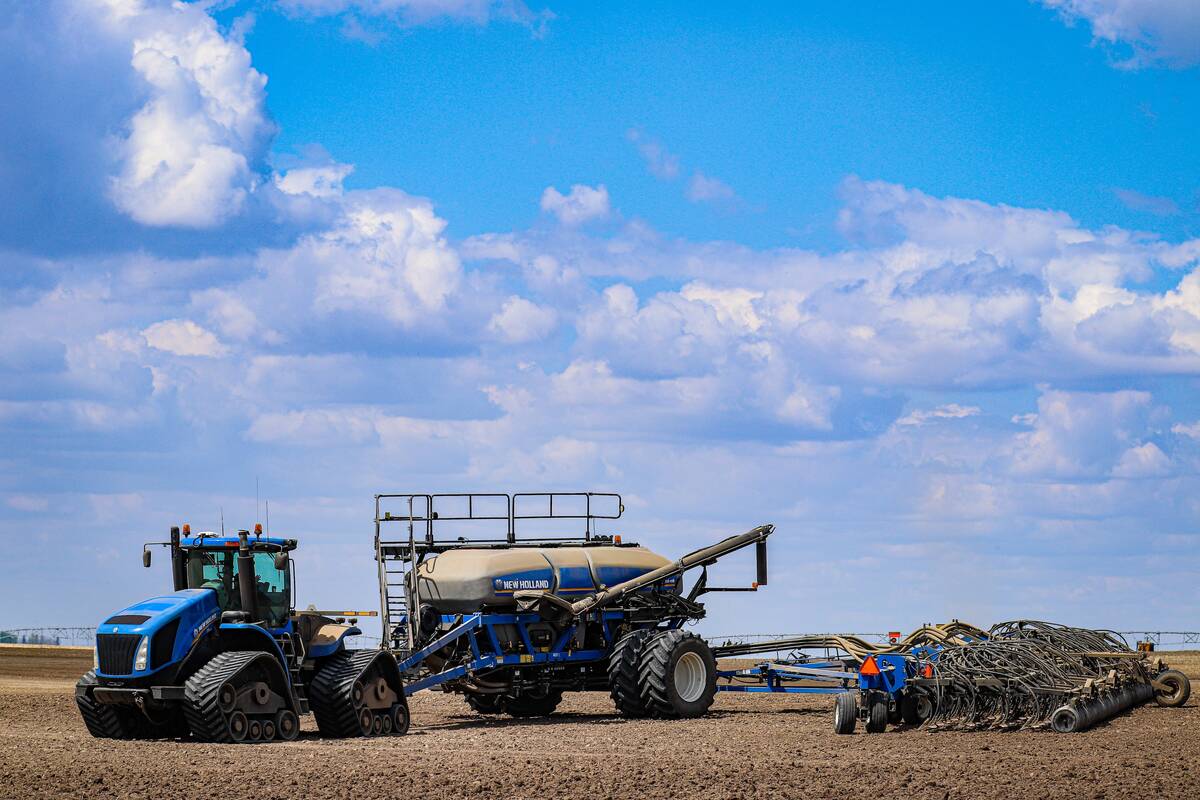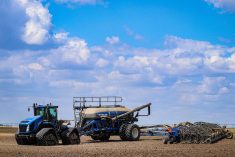Forage and pasture research seems to have taken a disproportionate hit in recently announced research program cuts by Agriculture Canada, say some involved in forage and grazing.
The department announced plans to close the Grassland Applied Technology Centre in Kamloops, B.C., close the research facilities at One Four and Stavely, Alta., transfer beef grazing systems work from Brandon to Lacombe, Alta., and consolidate rangeland activity research in Swift Current, Sask.
Nine former Prairie Farm Rehabilitation Administration offices that provided additional support for range and grassland will also close.
Read Also

NFU says proposed plant breeders’ rights come at farmers’ expense
The National Farmers Union is pushing back against changes to the Plant Breeders’ Rights Act that would narrow the scope of farmers’ right to save seed or propagate crops from cuttings and tubers.
“It seems as though there’s a bit of a target that’s going toward range and forage research, in the fact that it’s the facilities at Stavely, Onefour and Kamloops all had that focus,” said Alberta Forage Industry Network president Don McLennan.
He said valuable research into forage, rangeland management and livestock genetics has been done at all three locations, although Stavely and Onefour may have been underused in recent years because of earlier staff reductions.
Rich Smith, executive director of Alberta Beef Producers, concurred.
“Stavely and Onefour were not being used to their full potential as stations, so it’s hard for us to … suggest that they needed to stay,” said Smith.
“That’s another symptom of a situation where you have a declining number of researchers, which then leads you to having less work being done at a station, which then you see the station isn’t being used to its full potential.”
Smith said forage and grasslands research has been neglected for some time, but beef research at Lacombe is serving beef producers well.
“Having a position come from Brandon to Lacombe to work on forages will be a benefit for us,” Smith said.
Up to 700 jobs will be lost in Agriculture Canada across the country, and McLennan said that means staffing for research projects will continue to be an issue.
“They still need to maintain a staff and a research budget and program to go forward,” he said.
“If (this is) a step in the process, one step where they shut some stations down and then not support the research in the existing ones that are left, so that there’s another step down the road where they’ll make another cut, that’s a problem.”
Doug Wray of the Canadian Forage and Grasslands Association said his group sent a letter to federal agriculture minister Gerry Ritz several months ago expressing concern about forage research funding and succession planning for researchers.
Wray said the long-term nature of forage research and lower potential profits relative to cereals research makes it less attractive for private partnership research agreements.
“In the pasture game, particularly, and a lot of hay acres too, are lower input dynamics, so there isn’t the opportunity for somebody to make a dollar on it.”
In contrast, private companies have developed vast research networks for cereals, canola, corn and other crops, he added.
“It perhaps falls to the government to get involved a little more on (the forage and grassland) side,” he said.
“We think there’s a public benefit from forage and grasslands, in terms of environmental goods and services, biodiversity, clean air, clean water, less erosion, all those kinds of things, that maybe warrants public investment in their management.”
Wray said the beef industry realizes the importance of forage and grasslands research and has increased its funding for it.
As well, there is merit in the idea of concentrating resources at one location, such as Swift Current, rather than understaffing facilities over a wider area.
However, significant geographical differences could affect the value of research.
Wray said vision is needed in forage and grassland research, and that does not appear to be the current federal focus.
“You can’t shut down a research station for five years and then start it up again. There’s a long-term continuity thing there,” he said.
“Governments are kind of guilty of chasing the latest rabbit that runs by, and short-term thinking, and we’re encouraging them to take the longer view on this one and recognize the value of just staying with it, being patient and persistent, and getting good people in place.”

















